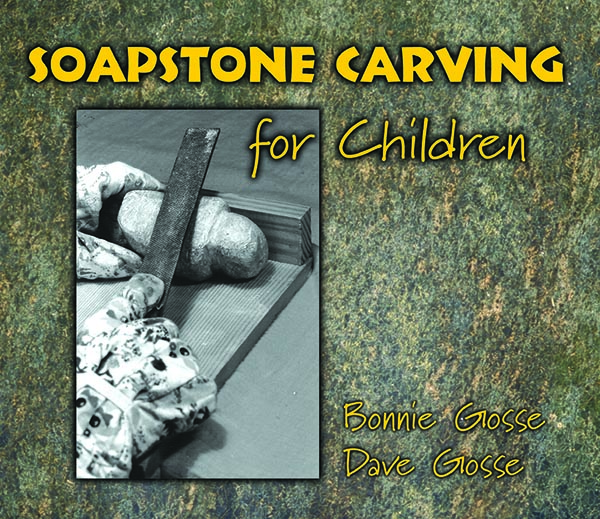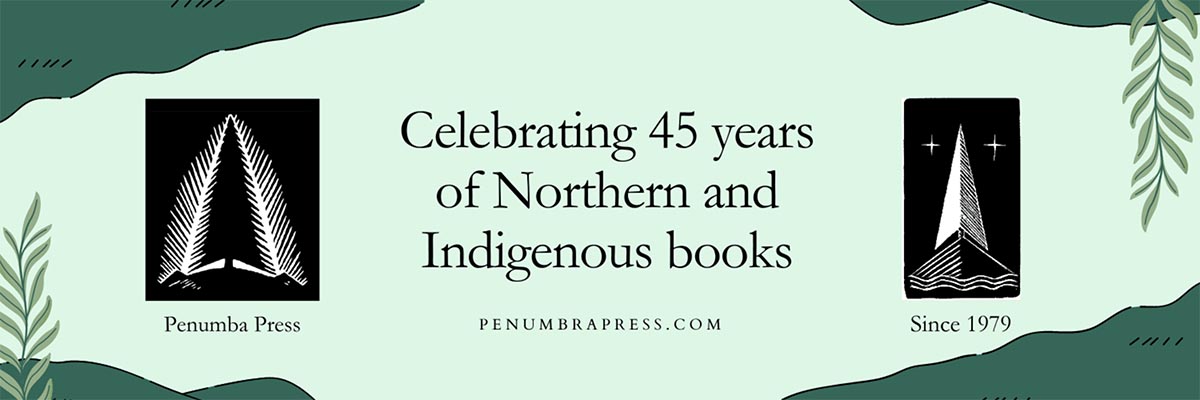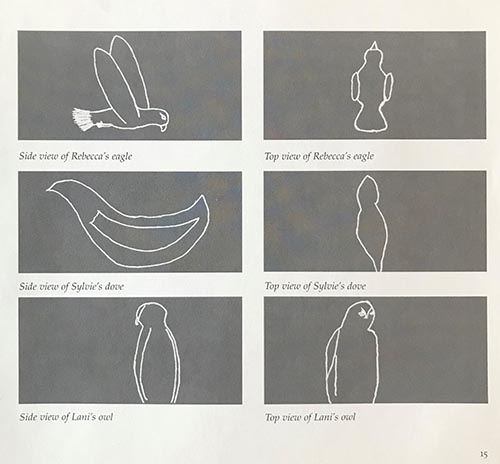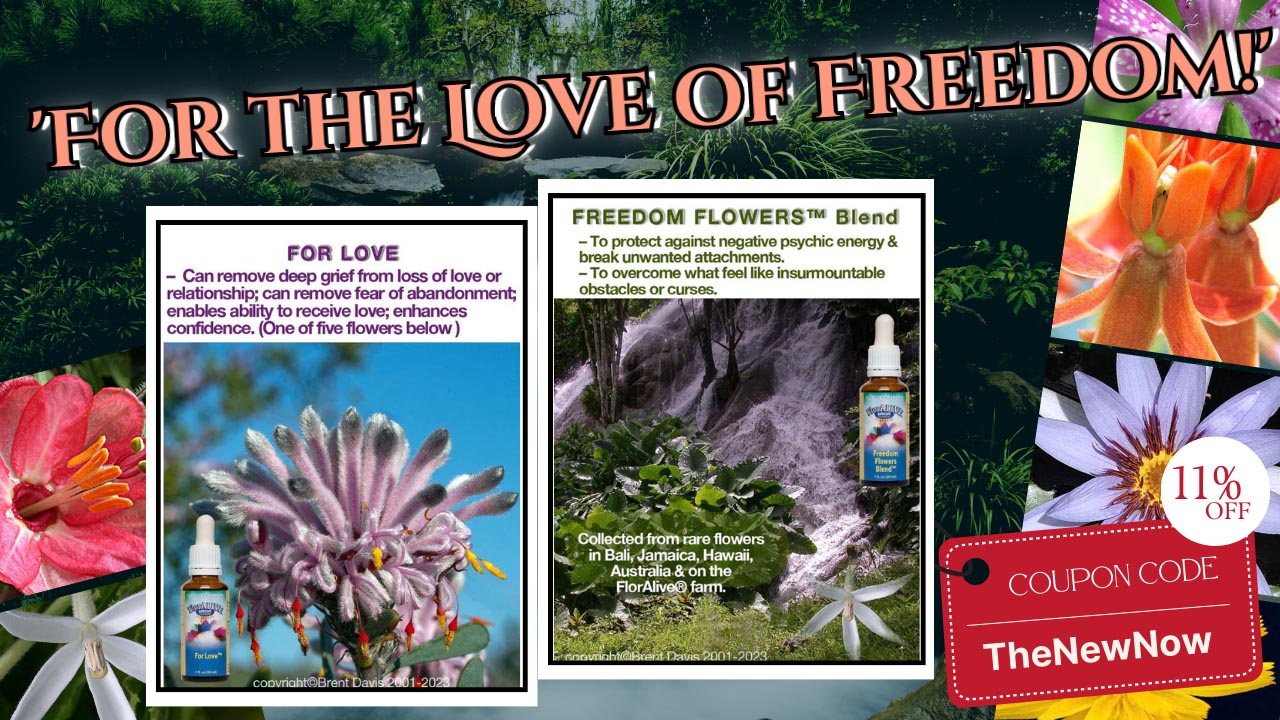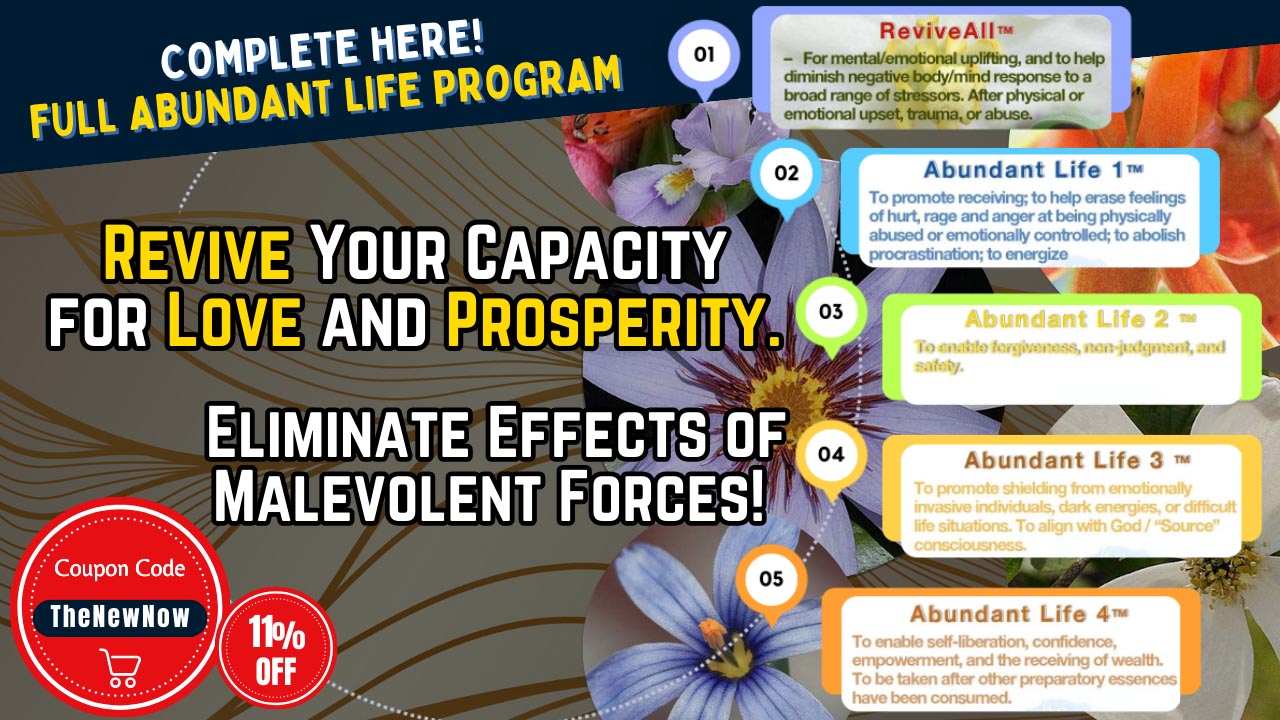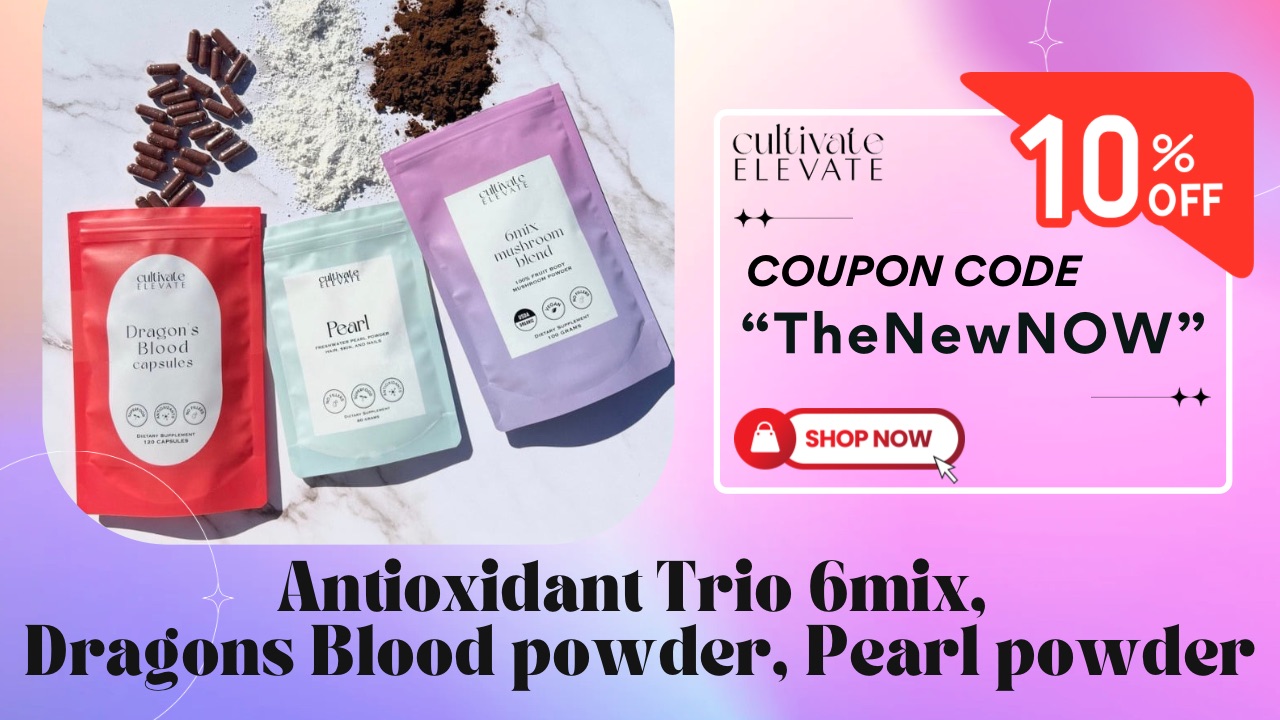Soapstone Carving for Children
A CRAFT BOOK WITH A DIFFERENCE!
First of all, Soapstone Carving for Children is a family book; secondly, it combines a history of the craft with the procedures of carving, making the book a high-interest source of enjoyment; and thirdly, it provides sample projects and working drawings for children to develop on their own.
Together, Bonnie and Dave Gosse provide children with step-by-step instructions for carving, and visual clues for the proper handling of soapstone. The children in this book, Rebecca Gosse, Sylvie Gosse, and Lani Bastien, attended the Vancouver Waldorf School.
Have a go! Experience the hands-on pleasure of carving soapstone.
¶¶¶¶¶¶¶¶¶¶¶¶¶¶¶¶¶
Soapstone, also called talc or steatite, can be bought at most rockshops and is not expensive. Soapstone is actually and impure variety of talc. That means it consists of almost all talc with just a sprinkling of other minerals thrown in. Talc is the softest known mineral in the world. You can scratch it with your fingernail.
Soapstone is found all over the world. It looks greasy and feels slippery. It comes in a great variety of colours: white, grey, green, yellow, red, brown, and black. It can be plain or variegated, or even polka-dotted. We have some green soapstone with red polka-dots in it. The colours are caused by ‘extra’ minerals that also make this soapstone a little harder than others.
People have used soapstone since ancient times. Egyptians and Babylonians used carved soapstone to make raised stamps. They would press it into wet clay to leave its mark. In India, soapstone was used for cooking pots, palaces, and statues. Arabs used it as soap. Some North American Indigenous People and Africans along the Senegal River have eaten it. Inuit make lamps, cooking pots, and small carvings from soapstone. Chinese people carved figurines from soapstone.
Soapstone is still used today in an even greater variety of ways than ancient people used it. We use it as a filler in paint, paper, rubber, linoleum, tile, soap, plastics, insecticides, cleaning compounds, and cosmetics. Talcum powder, of course, is mainly talc; when you dust yourself with nice-smelling bath powder, you are really dusting yourself with the main ingredient of soapstone.
Because soapstone is also heat-resistant, it is also used to line smelting furnaces and in insulators for electrical switchboards. But the modern use of soapstone that we like best is as a carving material for magical figures.
FROM: “Sketching a working drawing”
It is very helpful to have pictures of what you are going to carve. Sample pictures showing body shapes and stance of animals are the most useful. You can find excellent pictures in nature magazines and books at your library.
On a piece of paper, sketch two views of the animal that you wish to carve. In one view, show what your animal looks like from the side. In the other view, show what it looks like from above. Keep your sketch simple. Try to capture only the general shape and essence of your animal — special features of this animal that make it look like (for example) an eagle, or a dove, or an owl.
When you are first starting to carve soapstone it is easier to make your animal all one solid shape. This is what Sylvie has chosen to do. Her dove is sitting with its wings folded. The wings will be shown as a raised area on the body of the dove. Rebecca has chosen a more difficult carving. Her eagle is flying, with its wings at their highest point. She will have to work carefully so that her eagle’s wings don’t break off. Lani’s snow owl is sitting on a branch, but he is not showing the branch or the owl’s feet. Its wings are folded and will be shown as a raised area. The owl’s beak will be emphasized by scratching in details.
Another feature to consider is that your bird or animal will need a flat section to rest on so it won’t fall over. Rebecca’s eagle and Lani’s owl were easy in this respect. It will be much more difficult to find the right location for the flat spot on the bottom of Sylvie’s dove so that it will stand up and not fall over. Make a guess where you think this spot should go on the sketch. It is usually near the center of the carving. When you come to making your rough rounded shape on the soapstone, you can make sure that this flat section is in the right spot.
Soapstone Carving for Children
Bonnie Gosse
ISBN 1-894131-48-7
Softcover, 9 x 8 inches, 48 pages, $9.95
38 b&w photos, 20 figures
Published by Penumbra Press
Bonnie Gosse is an experienced Vancouver teacher and has always been interested in learning and teaching crafts. Soapstone Carving follows on her other success, Keep It Green, an environmental board game.
Dave Gosse is a shipyard cabinet maker by trade. He is also an amateur photographer with a love of computers.
Since 1979, Penumbra Press books have been garnering praise for both their content and their elegance. We are confident that you will find much that is similarly rewarding in the handful of new titles I will introduce you to in the coming weeks as we celebrate our 45th anniversary.
As a small press publisher with a niche in northern and aboriginal subjects, we are offering a slight deviation from the norm with this season’s titles, looking both to the past and to the future for an understanding of who we were and who we are as global citizens in a troubled world.
The first 45 individuals who order books from our website will each receive a gratis copy of Volume 1, Then & Now, in the Bookmark Readerity Series, Readers & Writers on Books & Reading, which I wrote for Dan and Marlene MacDonald, proprietors of Bookmark in Charlottetown, Prince Edward Island. Please visit our website, penumbrapress.com, or email me at john@penumbrapress.com for assistance in finding the right Penumbra Press book for you.
— John Flood, Publisher & Producer john@penumbrapress.com


